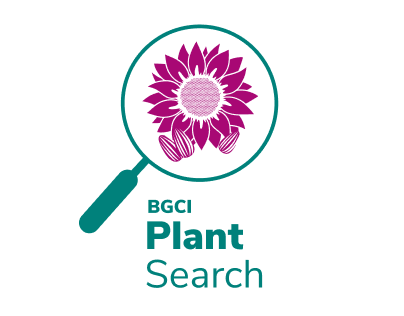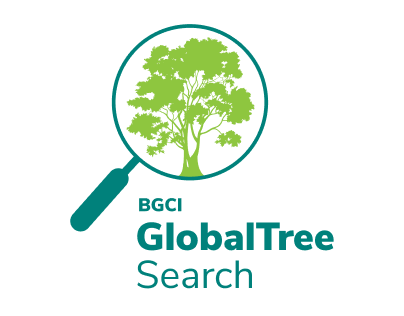Convention on Biological Diversity
- The Global Strategy for Plant Conservation
- Access and Benefit-Sharing
- Convention on Biological Diversity
- Illegal Plant Trade Campaign
- Convention on International Trade in Endangered Species
- The Sustainable Development Goals
- International Agenda for Botanic Gardens
At the 1992 Earth Summit in Rio de Janeiro, world leaders agreed on a comprehensive strategy for “sustainable development” — meeting our needs while ensuring that we leave a healthy and viable world for future generations. One of the key agreements adopted at Rio was the Convention on Biological Diversity. This pact among the vast majority of the world’s governments sets out commitments for maintaining the world’s ecological underpinnings as we go about the business of economic development.
The CBD sets out commitments for maintaining the world’s ecological state while economic development also continues. In order to achieve this, the Convention establishes three main goals:
- the conservation of biological diversity
- the sustainable use of its components
- the fair and equitable sharing of the benefits from the use of genetic resources.
With 196 Parties, the Convention has near universal participation among countries. The Convention seeks to address all threats to biodiversity and ecosystem services through scientific assessments, the development of tools, incentives and processes, the transfer of technologies and good practices and the full and active involvement of relevant stakeholders.
The Strategic Plan for Biodiversity
The tenth meeting of the Conference of the Parties to the Convention, held in 2010, adopted a revised and updated Strategic Plan for Biodiversity 2011-2020, comprising five strategic goals and the 20 Aichi Biodiversity Targets. The Plan is the overarching framework on biodiversity, not only for the biodiversity-related conventions, but for the entire United Nations system.
The CBD is a binding international regulation for the countries that are Parties (signatories) to it. Their obligations are constantly evolving as Parties negotiate further decisions and legislation and policies are adopted and implemented at national level.
Botanic gardens’ collections and the application of their skills in areas such as taxonomy, botanical research, conservation, horticulture and public education contribute significantly to the implementation of the CBD. They also provide a major link between in situ and ex situ conservation and are frequently involved in national planning processes such as the development of national biodiversity strategies.
Work Programmes
The work of the CBD is divided into a set of seven thematic work programmes that correspond to the major biomes (forests, dry and sub-humid lands, agricultural lands, seas and coasts, inland waters, mountains, and islands) and a number of cross-cutting issues.
Relevance to Botanic Gardens
The following cross-cutting issues are of particular relevance to botanic gardens:
- Global Strategy for Plant Conservation (GSPC)
- Access to genetic resources and benefit sharing (ABS)
- Communication, education and public awareness (CEPA)
- Global Taxonomy Initiative (GTI)
- Invasive alien speceis
- Sustainable use of biodiversity
- Traditional knowledge, innovations and practice (Article 8j)
- Technology transfer and cooperation
Resources on the Convention on Biological Diversity
-
CBD Manual for Botanic Gardens
Policy and Advocacy / Publication / English, Italian -
Plant Conservation and the Sustainable Development Goals
Policy and Advocacy / Publication / English
Share
Support BGCI
You can support our plant conservation efforts by sponsoring membership for small botanic gardens, contributing to the Global Botanic Garden Fund, and more!
Become a Member
Be part of the largest network of botanic gardens and plant conservation experts in the world by joining BGCI today!





